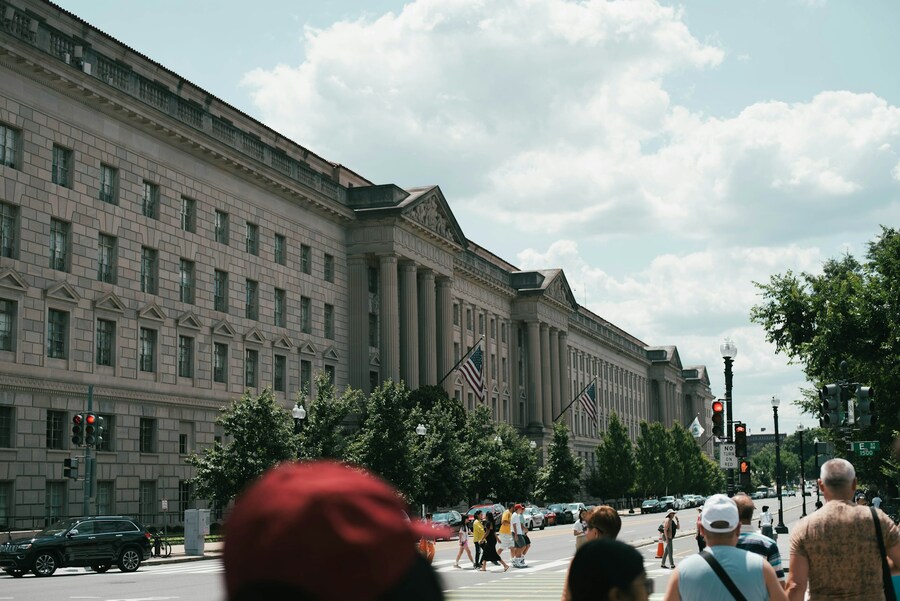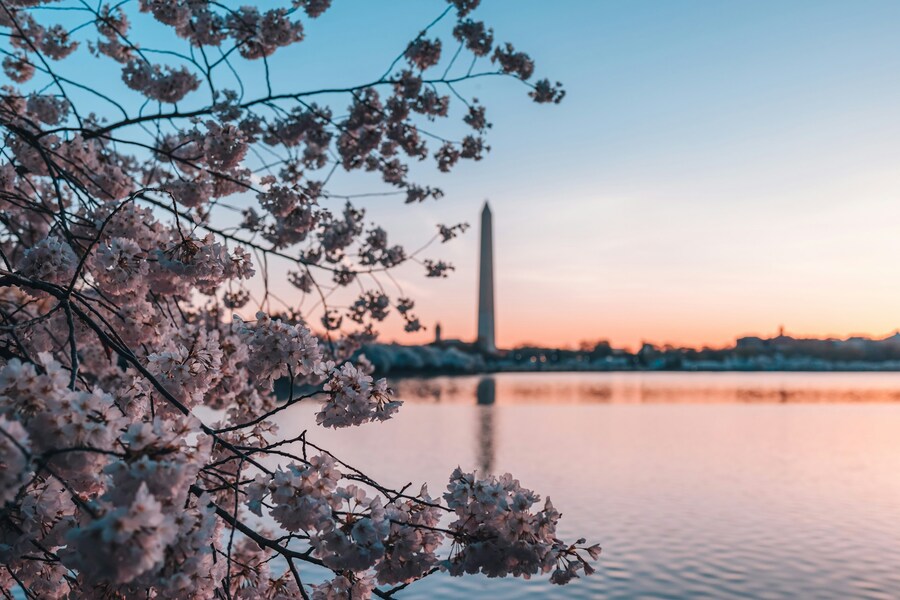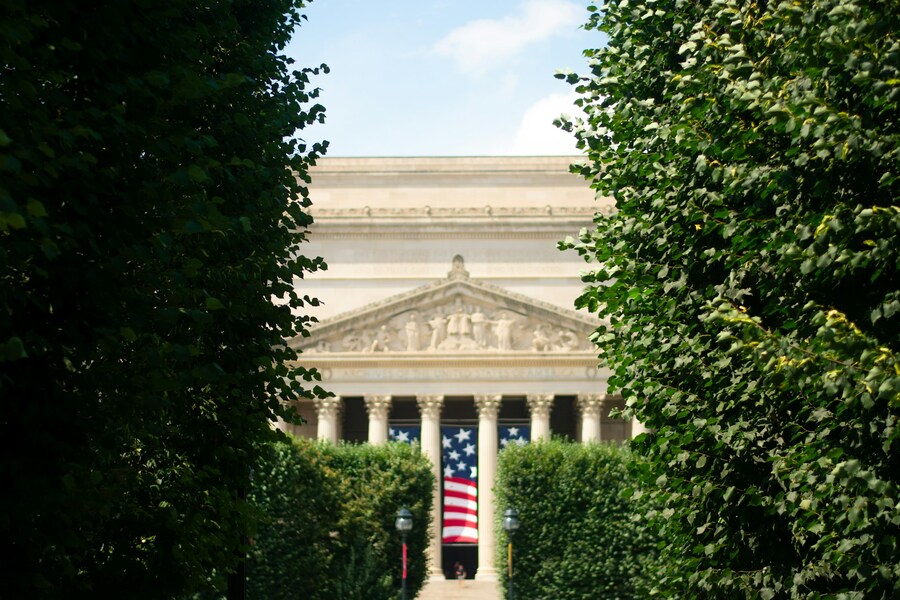A journey to Washington, D.C., is more than just a trip; it's an immersion into the very fabric of American history, culture, and power. As the nation's capital, D.C. stands as a living museum, its streets lined with monuments that tell stories of struggle and triumph, and its institutions pulsating with the democratic ideals that shaped a nation. For the first-time visitor, the city can feel overwhelming in its grandeur and scope. From the solemn memorials that honor those who have served to the world-class museums that house humanity's greatest achievements, every corner offers a new perspective. This travel guide is crafted to help you navigate this iconic city, ensuring your inaugural visit is both meaningful and manageable, transforming what could be a simple vacation into a profound experience. The city's geography is surprisingly walkable, with many of the major landmarks clustered around the expansive National Mall. Beyond the famous monuments, D.C.'s distinct neighborhoods each offer their own unique character and charm, from historic streets to vibrant, multicultural hubs. Get ready to explore a city where every step reveals a new layer of its complex and compelling identity. Let's get started!
Table of contents
- About Washington
- What to do
- Must-see spots
- Eats & drinks
- Where to stay
- Travel tips
So, what makes this monumental city a truly majestic and unique place to visit?

Source: Shiona Das/Unsplash
The District of Columbia, a federal district rather than a state, is a carefully planned city, a unique entity born from the vision of Pierre Charles L'Enfant. His 18th-century design, with its grand avenues radiating from monumental circles, provides a logical and beautiful framework for a city that's both a political nerve center and a vibrant cultural hub. Beyond the imposing facades of government buildings, D.C. is a city of distinct neighborhoods, each with its own character. Georgetown's cobblestone streets and historic charm offer a glimpse into the past, while the diverse culinary scene of Adams Morgan showcases the city's contemporary, international flair. The energy is palpable, a blend of serious purpose and urban sophistication that makes D.C. unlike any other capital in the world. Its location on the Potomac River, surrounded by the natural beauty of the Mid-Atlantic, only adds to its allure, creating a setting that's both majestic and inviting.
About Washington
Washington, D.C. is a city of paradoxes. It's a place of solemn reflection and lively celebration, a place where history is made daily and celebrated for centuries. The city's core is dominated by the National Mall, a vast, open-air space that stretches from the U.S. Capitol to the Lincoln Memorial. This expansive green space is the ceremonial and civic heart of the city, bordered by some of the most famous museums and monuments in the world. Getting around is surprisingly easy thanks to an efficient metro system, extensive bus lines, and a burgeoning network of bike-sharing options. The city's climate offers 4 distinct seasons, each with its own appeal. Spring brings the spectacular cherry blossoms, painting the city in shades of pink and white. Summer is hot and humid, but the long days are perfect for exploring. Autumn offers crisp, cool air and stunning fall foliage, while winter, often mild, can bring a dusting of snow that turns the city into a winter wonderland. It's a place of free entry, with the majority of its most significant attractions, including the Smithsonian museums, charging no admission, making it one of the most accessible and affordable destinations for culture and history buffs.
What to do
The sheer volume of activities in D.C. can be daunting, but a thoughtful approach can ensure you hit all the highlights without feeling rushed. Start your journey with a stroll along the National Mall. Begin at the U.S. Capitol Building, the symbol of American legislative power, and walk west. On your way, you'll encounter the Washington Monument, an imposing obelisk that offers a commanding view of the city from its observation deck. Continuing west, you'll find the World War II Memorial, the Reflecting Pool, and the iconic Lincoln Memorial, a powerful tribute to the nation's 16th president. From here, you can branch out to the Korean War Veterans Memorial and the Vietnam Veterans Memorial, both designed to evoke a sense of solemn contemplation.
Beyond the Mall, the city offers countless other experiences. Spend a day exploring the Smithsonian museums, a collection of 19 museums and galleries, and the National Zoo. The National Museum of Natural History, with its dinosaur skeletons and Hope Diamond, is a favorite for all ages. The National Air and Space Museum chronicles humanity's quest for the stars. For art lovers, the National Gallery of Art, with its extensive collection of masterworks, is a must-visit. You can also venture into the city's neighborhoods. Explore Georgetown's historic streets, a hub for shopping and dining. In Adams Morgan, you'll find a vibrant nightlife and a diverse array of international restaurants. Take a walk through the charming residential streets of Capitol Hill, admiring the beautiful row houses and gardens. The city also hosts a wide range of events and festivals throughout the year, from the National Cherry Blossom Festival in the spring to various outdoor concerts and markets in the summer and fall.

Source: Andy Feliciotti/Unsplash
Must-see spots
While the National Mall serves as the central artery of D.C.'s must-see spots, the city's appeal extends far beyond this iconic space. The National Portrait Gallery, which is co-located with the American Art Museum, offers a unique lens through which to view American history via its extensive collection of portraits, including the iconic presidential portraits. A short walk away, the Library of Congress, the world's largest library, is a breathtaking architectural marvel and a true testament to human knowledge. Its Great Hall is a particularly awe-inspiring space. Of course, the White House, a powerful symbol of the presidency, is a significant sight to behold, though most tourists will view it from the outside. For a more profound and introspective experience, the National Museum of African American History and Culture is an essential visit.
Its stunning, thought-provoking architecture and powerful exhibits chronicle the African American experience from slavery to contemporary culture, providing a profoundly moving journey. Due to its immense popularity, booking timed-entry passes well in advance is crucial. Another beautiful and unique spot is the National Cathedral, a masterpiece of Gothic architecture. It stands as a testament to faith and architectural craftsmanship, with intricate carvings, stunning stained-glass windows, and tranquil gardens worth exploring. In addition, the U.S. Capitol Building itself is a magnificent sight and offers guided tours, allowing visitors to step inside the heart of American legislative power. These locations, each with its own story, contribute to the rich and multifaceted tapestry of Washington, D.C.
Eats & drinks
D.C.'s culinary scene has evolved far beyond its reputation for government power lunches, transforming into a vibrant destination for food lovers. The city's dining landscape is as diverse as its population, offering everything from classic American comfort food to exotic international flavors. A must-visit is the iconic Old Ebbitt Grill, a historic institution near the White House renowned for its bustling atmosphere and popular raw bar. For a unique communal dining experience, head to neighborhoods like Adams Morgan and U Street, where Ethiopian restaurants serve savory stews and dishes meant to be scooped up with injera bread. High-end restaurants specializing in modern American cuisine and international flavors are concentrated in areas like Dupont Circle and Penn Quarter. No trip is complete without trying a half-smoke, a local specialty often enjoyed at the U Street landmark, Ben's Chili Bowl.
The city's beverage scene is equally dynamic, featuring a wide range of options from sophisticated rooftop bars with stunning skyline views to cozy neighborhood pubs in Capitol Hill. D.C.'s coffee culture is thriving, with a plethora of independent cafes providing the perfect spot for a quick break or a morning boost. Beyond the traditional dining districts, exploring local markets like Eastern Market offers a taste of artisanal foods and a glimpse into the city's culinary heart. The city also hosts numerous food festivals and events throughout the year, celebrating everything from local brews to international cuisines. Whether you're seeking a gourmet meal, a casual bite, or a unique cocktail, Washington, D.C. offers a feast for every palate.

Source: Emre/Unsplash
Where to stay
Choosing the right accommodation can significantly impact your D.C. experience. The city offers a wide range of options, from luxurious hotels to charming boutique inns and budget-friendly hostels. For first-time visitors who want to be in the center of the action, staying near the National Mall or in Penn Quarter is an excellent choice. This area provides easy access to many of the city's main attractions and is well-served by public transportation. If you prefer a more local feel, consider staying in a neighborhood like Dupont Circle or Georgetown. Dupont Circle is known for its elegant hotels and vibrant social scene, while Georgetown offers a historic, picturesque setting. For budget-conscious travelers, areas like Foggy Bottom or near Capitol Hill can offer more affordable options while still being well-connected to the rest of the city. Booking your accommodation in advance is always a good idea, especially during peak travel seasons like spring and summer.
Travel tips
Planning and preparation are key to a successful trip to Washington, D.C. For those flying in, both Reagan National Airport (DCA) and Dulles International Airport (IAD) serve the area. Reagan National is the closest to the city center, offering convenient metro access. If you plan to drive to the airport, consider booking your Washington DCA Airport parking in advance to secure a spot and avoid last-minute stress. For a seamless experience, platforms like ParkingNearAirports.io offer secure and affordable options, including a park and fly Reagan National Airport service that often includes a complimentary shuttle. Making a DCA parking reservation through such a service can save you both time and money.
Once you are in the city, the Metro is your best friend. Purchase a SmarTrip card to easily tap and ride the subway and buses. Wear comfortable shoes, as you'll be doing a lot of walking. D.C. is best explored on foot, from the wide avenues of the Mall to the charming, tree-lined streets of its neighborhoods. The city's museums are often busy, especially on weekends and holidays, so arrive early to beat the crowds. Check the websites of major attractions in advance for any requirements, such as timed-entry tickets. Staying hydrated is important, especially during the humid summer months. Most importantly, embrace the spirit of discovery. D.C. is a city of stories, and with a little curiosity, you'll find them on every corner.

Source: Juliana Uribbe/Unsplash
The bottom line
A visit to Washington, D.C., is an unforgettable experience, a powerful reminder of the ideals and history that have shaped the United States. It's a place where the weight of history is tangible, yet it's also a dynamic, forward-looking city. This article has provided a framework for your first trip, but the true magic of D.C. lies in the personal discoveries you'll make along the way. Whether you find yourself moved by the quiet reverence of a memorial, inspired by the vast collections in a museum, or simply enjoying a cup of coffee in a bustling neighborhood café, your time in the nation's capital will leave a lasting impression. Plan well, be open to new experiences, and get ready to be captivated by a city that truly embodies the phrase "E Pluribus Unum" – out of many, one!






